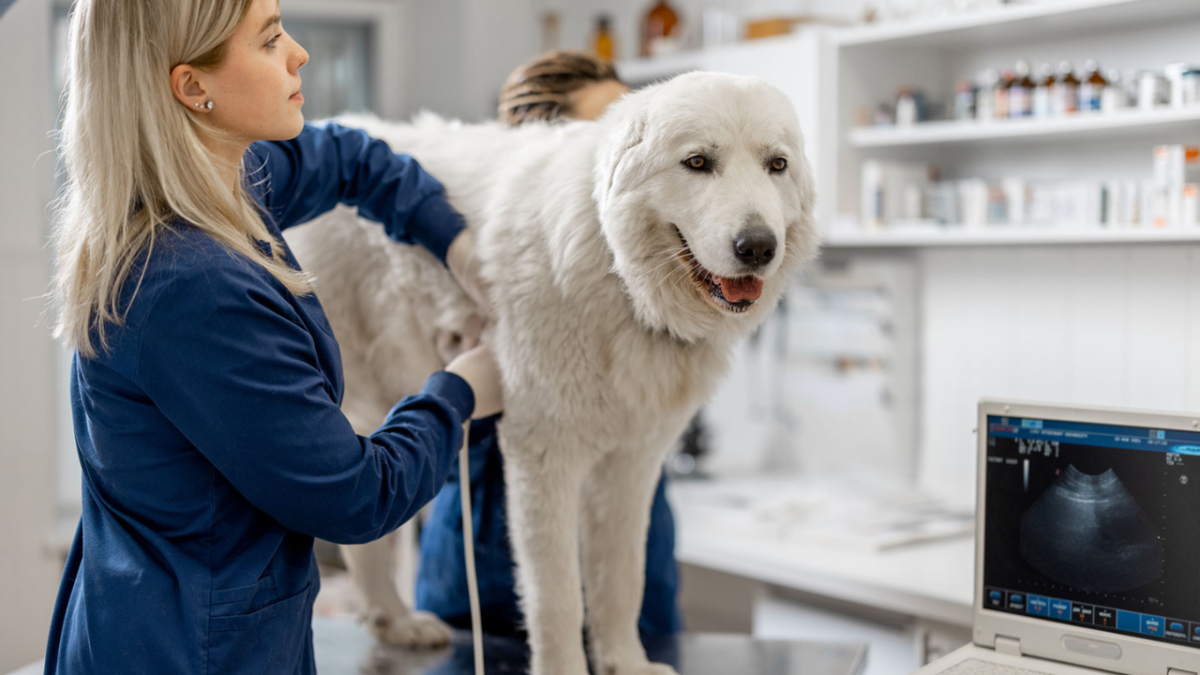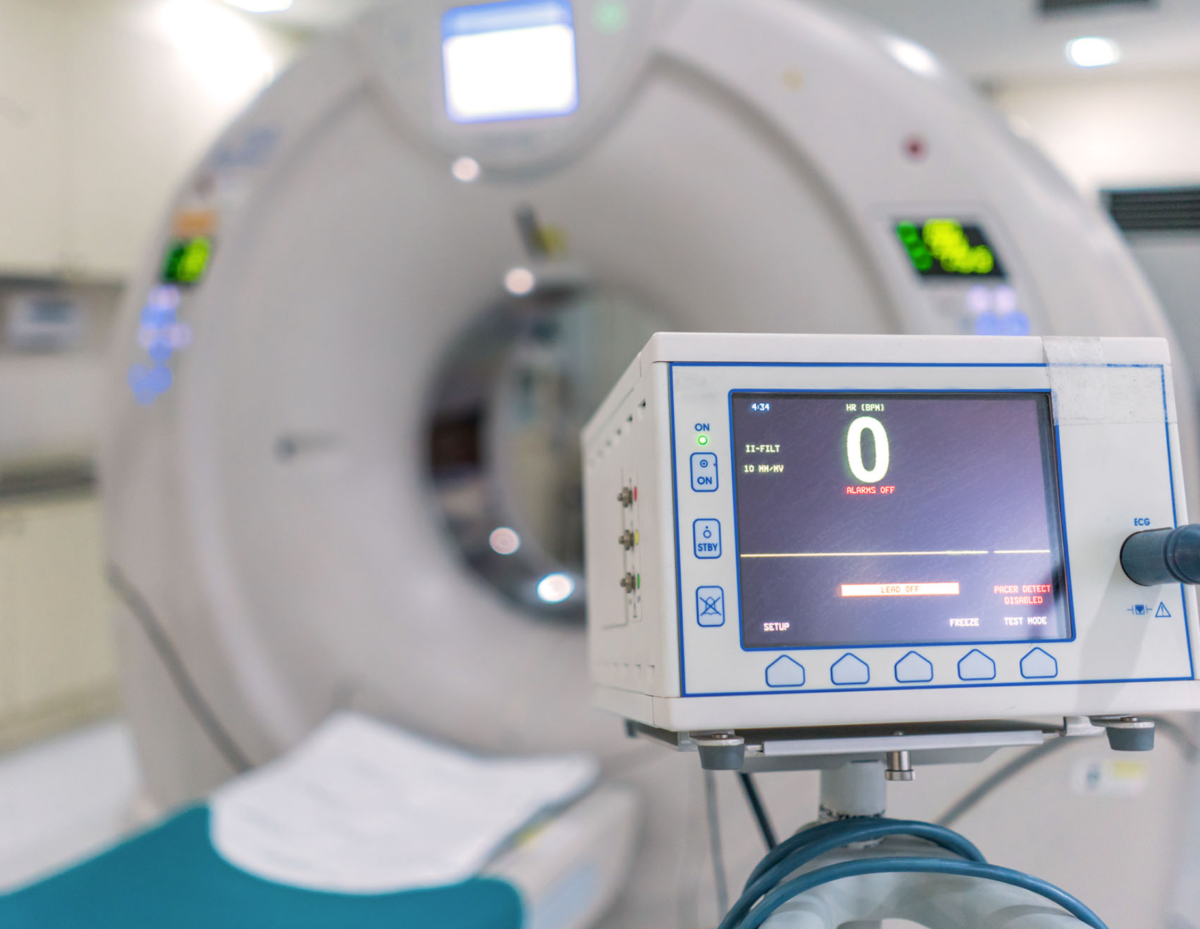Hypoadrenocorticism (i.e., Addison’s disease) is an important differential for hypercalcemia. The etiology of hypercalcemia in hypoadrenocorticism in dogs is unclear. Hall et. al (JVIM 2023) wanted to find out the prevalence and factors associated with hypercalcemia in this population of dogs by performing a multicenter retrospective observational study at the 4 UK referral hospitals. They analyzed data from 110 dogs and found that about 34.5% of the dogs with Addison’s had either total and/or ionized hypercalcemia. The odds of hypercalcemia were increased (P < .05) in dogs with classic Addison’s (deficient in both mineralo- and glucocorticoids), higher serum creatinine, and higher serum albumin. The odds of ionized hypercalcemia were increased (P < .05) with reduced serum potassium concentration and younger age.
Continue reading “Hypercalcemia in dogs with Addison’s disease”Blog
Lung and Pleural Space Ultrasound
Lung and pleural space point-of-care ultrasound is usually performed in sternal recumbency unless a dog cannot tolerate this position. In this scenario, the patient can be positioned in right or left lateral recumbency to evaluate all lung fields. The Pleural and Lung Protocol (PLUS) is my preferred method to evaluate the pleural space and lung parenchyma (Boysen et al. 2022).
Continue reading “Lung and Pleural Space Ultrasound”Metabolic alkalosis in animals with upper GI obstruction
If you are presented with an acutely vomiting canine or feline patient who happened to have a metabolic alkalosis on the blood gas analysis, an upper gastrointestinal (GI) obstruction should be suspected. Lozano et al. (Texas A&M University, JSAP 2023) recently published a study that looked at the prevalence of various acid-base and electrolyte disorders in this population of dogs. A total of 115 dogs were included in the study, with 22% of dogs showing either a simple metabolic alkalosis or a mixed metabolic alkalosis before surgery. While 37% of dogs had a normal acid–base status on presentation.
Continue reading “Metabolic alkalosis in animals with upper GI obstruction”Should you recommend euthanizing canine patients with spontaneous hemoperitoneum based on CT results alone?
As emergency veterinarians, one of the most critical decisions we face is whether to recommend humane euthanasia in canine patients with spontaneous (non-coagulopathic) hemoperitoneum based solely on CT results. A recent study shed light on the limitations of CT imaging in distinguishing between benign and malignant lesions in such cases (Parry et al. JVECC 2023). Understanding the study’s findings is crucial for making well-informed decisions and providing optimal care for our canine patients. In this blog post, we will explore the study’s results, particularly the concerning frequency of benign lesions being misinterpreted as malignant, and discuss the implications for our decision-making process.
Continue reading “Should you recommend euthanizing canine patients with spontaneous hemoperitoneum based on CT results alone?”“Arterialization” of the venous blood for the blood gas analysis
Can you achieve “arterialization” of the venous blood in a dog with normal cardiovascular status by heating its paw to 37C (=98.6F) for measurement of blood gas variables?
In both human and veterinary medicine, venous blood samples have been used to estimate acid-base balance as an alternative to arterial blood samples. In human medicine, a technique called “arterialization” of the dorsal hand vein is established, where warming the hands to 42-43°C (=107-109.4F) for 10-15 minutes makes venous blood more similar to arterial blood.
Continue reading ““Arterialization” of the venous blood for the blood gas analysis”




